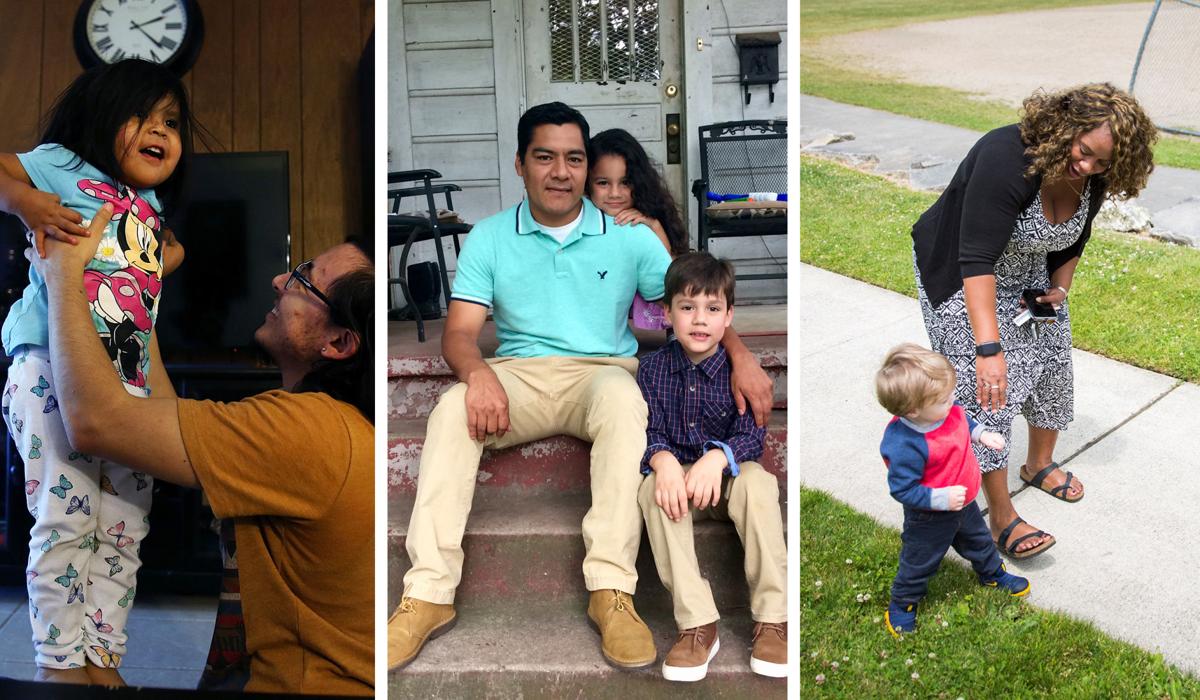After peaking with nearly 19,000 children in foster care in 2016, Arizona set out to keep more families together and pull fewer kids from their homes.
Some changes are taking hold, and the number of kids in out-of-home care is trending downward. But the state still hasn't tackled the bigger question: How can we solve the problems that spurred the foster care crisis?
Deep state spending cuts in the last decade to services that helped struggling families left Arizona's child safety agency as the catch-all for cases that were often more about poverty, family dysfunction and addiction than intentional child abuse.
The Arizona Daily Star, with support from the Community Foundation for Southern Arizona and the USC Annenberg Center's Fund for Journalism on Child Well-being, investigated how our state came to have one of the nation's highest rates of child removal, and how we can keep more kids at home by helping at-risk families break generational cycles of trauma, neglect or abuse.
Four Star journalists talked with more than 100 local, state and national leaders in reform over the past year. They visited six U.S. states to see what programs are working to support families at home, transform child safety agencies and guide children and families to a healthy future.
The team searched for solutions that could work in Arizona.
Prevention: For today's report, reporter Patty Machelor visited Washington state and Colorado, and reporter Perla Trevizo visited Los Angeles to learn how states and counties can keep kids from entering foster care by building stronger families.
• Agencies work together to offer struggling families the help they need without forcing them to visit various offices or fill out multiple applications.
• Programs break generational cycles of trauma and dysfunction by teaching resilience and offering parents intensive in-home help.
• Federal money allocated to help struggling families goes to programs that transition them to independence, rather than to investigate parents and remove children from their homes.
Intervention: March 11's report highlights changes in policy and attitude that led to the transformation of child welfare agencies in Allegheny County, Pennsylvania, and Alabama. Reporter Emily Bregel visited both places and saw how formerly dysfunctional agencies became national models for reform by training workers to partner with parents rather than punish them, and by adopting a mantra of "whatever it takes" to help families succeed.
• Local offices have autonomy to determine what services families in their area need.
• Caseworkers are empowered to serve families with thorough training, reasonable caseloads and access to services that are individualized, not "cookie cutter."
• A public-private partnership helps grandparents and other "kinship" placements get licensed as foster parents. Licensure comes with financial support that helps make these placements stable and keeps kids out of the system.
Reinvention: On March 18, the focus shifts to reinvention — what happens after a family is reunited or when foster kids turn 18 and are expected to make it on their own. Editorial Page Editor Sarah Garrecht Gassen spent time in Michigan and California, where programs successfully serve clients over the long haul.
• Parents getting their kids back from foster care have support available to them around the clock for four months — plus two months more if needed.
• Caseworkers paired with families ask them, "Tell me what would make things better," then they work with them to solve those root problems.
• Former foster kids heading into adulthood alone become part of a team that includes youth life, employment and education advocates.
• Program organizers "measure everything," using data to make sure the services they offer are actually working.





